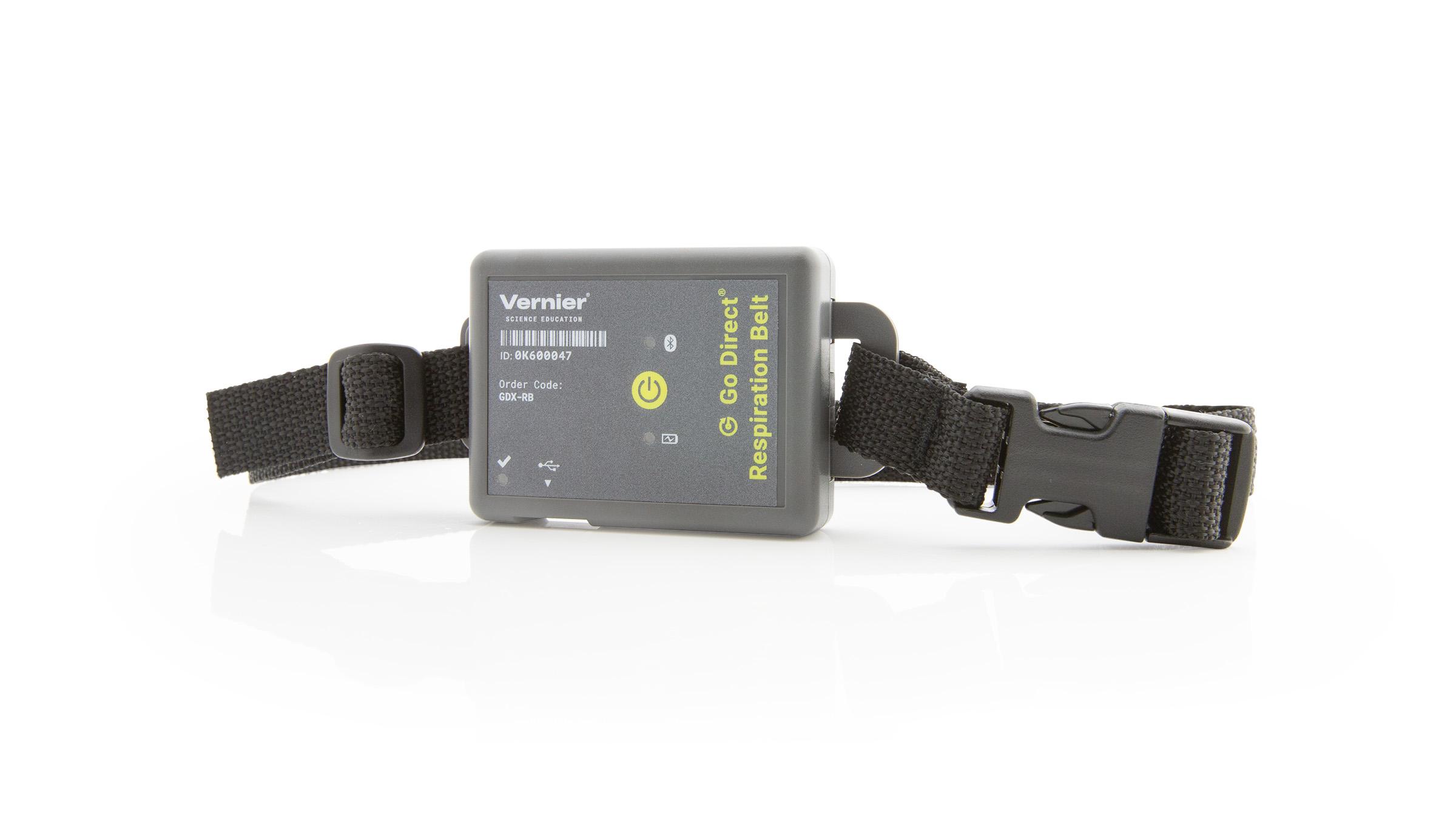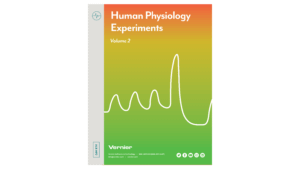Introduction
Biofeedback therapy is a method that provides direct feedback to a subject on how his or her body physiologically responds to different stimuli with the goal of helping the subject learn to control his or her responses. Biofeedback can be used as a tool to teach the subject how to reduce the body’s response to stress which, in turn, can help control his or her symptoms. In biofeedback monitoring, sensors are used to measure heart rate and respiration rate. Other sensors can also be used that track skin temperature, blood flow, blood pressure, skin conductivity, and even brain waves. The subject learns how his or her body responds to stress by monitoring the sensor outputs on a display. The subject can then practice relaxation techniques and observe how these techniques change the physiological response. The ultimate goal of biofeedback therapy is for the subject to learn how to recognize when they should use relaxation techniques to reduce feelings of pain, anxiety, or stress, without needing information from sensors. Biofeedback therapy is used as a treatment for anxiety, migraine and tension headaches, chronic pain, and many other conditions.
In this activity, you will use a respiration belt and an EKG sensor to monitor a subject’s baseline physiological state and his or her response to a stressor. Stress will be induced by exposure to cold, which activates the sympathetic nervous system. By observing the live data, the subject will receive direct feedback about his or her respiration rate and heart rate. The subject will then use simple relaxation techniques to attempt to decrease stress level to see if they can influence the physiological responses when exposed to the stressor. Many popular relaxation techniques can be found with an internet search and include controlled breathing exercises, focusing on a happy or peaceful thought, meditation, progressive muscle relaxation, and others.
Important: The equipment used in this experiment is for educational purposes only and should not be used to diagnose medical conditions.
Objectives
- Record heart activity and respiration rate during a period of relaxation and during exposure to a stressor.
- Measure the heart-rate and respiration rate before and during noxious stimulus.
- Measure the heart-rate and respiration rate before and during noxious stimulus with biofeedback.
Sensors and Equipment
This experiment features the following sensors and equipment. Additional equipment may be required.
Ready to Experiment?
Ask an Expert
Get answers to your questions about how to teach this experiment with our support team.
- Call toll-free: 888-837-6437
- Chat with Us
- Email support@vernier.com
Purchase the Lab Book
This experiment is #13 of Human Physiology Experiments: Volume 2. The experiment in the book includes student instructions as well as instructor information for set up, helpful hints, and sample graphs and data.



